Organic pesticides are becoming crucial for growing tomatoes. They help control pests while being safe for the environment and food.
By using organic pesticides instead of synthetic ones, we can keep the soil healthy, protect helpful insects, and reduce chemical residues in food and water. These products help maintain high tomato yields and quality.
This guide talks about the best organic pesticides, summarizes scientific findings on how well they work, and gives practical tips for both new and experienced growers to protect tomato crops sustainably and quickly.
The Importance of Organic Pesticides in Tomato Cultivation
Tomatoes face many pests, like aphids, whiteflies, caterpillars, thrips, and beetles. These pests can greatly harm tomato plants and lower fruit quality.
Using traditional pesticides raises worries about chemical residues, pests becoming resistant, and harming the environment.
Organic pesticides provide a safer way to manage pests while supporting a healthy ecosystem. They come from natural sources like plants, microbes, or minerals and fit well with organic farming rules.
Organic pest management does more than just kill pests. It helps beneficial insects thrive and keeps natural balances between pests and their predators, leading to fewer pest problems and less need for chemicals.
Recent studies show that organic farming can keep or even boost tomato yields compared to traditional methods, while also promoting biodiversity and healthy soil.
Benefits of Organic Tomato Pesticides
- Environmental Stewardship: Keep soil and water clean to support a healthy local ecosystem.
- Food Safety: Use fewer pesticides on food to meet rising consumer needs.
- Reduced Pest Resistance: Using a variety of organic products helps break pest lifecycles and lowers resistance.
- Protecting Useful Insects : Focused efforts to protect pollinators and natural pest fighters, which are key for sustainable pest management.
- Long-Term Soil Health : Organic methods, like microbial sprays and natural additions, help boost soil health and diversity.
Types of Effective Organic Pesticides for Tomato Crops
Next, we’ll look at top organic pesticide types, how to use them, what pests they target, and tips for using them on tomato plants.
Botanical Extracts
Neem Oil
- Active Ingredient: Azadirachtin (from Azadirachta indica seeds)
- Target Pests: Aphids, whiteflies, spider mites, thrips, mealybugs, and soft-bodied insects.
Mechanism: Disrupts pest feeding and reproduction; mild fungicidal properties.
Application: Spray diluted solution directly onto plant foliage every 7–10 days or after rainfall.

- Benefits: Breaks down rapidly; low toxicity to beneficial insects and pollinators if used as directed.
Tips: Use cold-pressed products labeled for organic use and reapply regularly for consistent control.
Pyrethrum
- Active Ingredient: Pyrethrins (from Chrysanthemum flowers)
- Target Pests: Wide range of chewing and flying insects.
Remarks: Degrades quickly in sunlight; effective for rapid reduction of pest outbreaks, but may impact non-target insects if overused.
Microbial & Biological Agents
Bacillus thuringiensis (Bt)
- Active Ingredient: BT toxins (microbial spores)
- Target Pests: Caterpillars (hornworms, armyworms, loopers), leafminers.
Application: Spray at larval stage and repeat as needed, focusing on infested areas.
Benefits: Highly targeted; safe for most non-target and beneficial insects.
Tips: Combine with crop rotation and early pest monitoring for best results.
Beauveria bassiana
Application: Spray on leaf surfaces, focusing under leaves where pests congregate.
Benefits: Insect-specific and non-toxic to humans, pets, and pollinators.
Discover the power of biological pest control with this professional-grade Beauveria bassiana spray.
It’s particularly effective for greenhouse tomatoes and provides long-lasting protection against whiteflies and aphids.
Many commercial organic farmers swear by this solution. Try it today and experience the difference biological control makes!
Mineral-Based Pesticides
Diatomaceous Earth
- Active Ingredient: Silica (fossilized diatom powder)
- Target Pests: Slugs, snails, beetles, and crawling insects.
Application: Sprinkle around the base of tomato plants, reapply after rain.
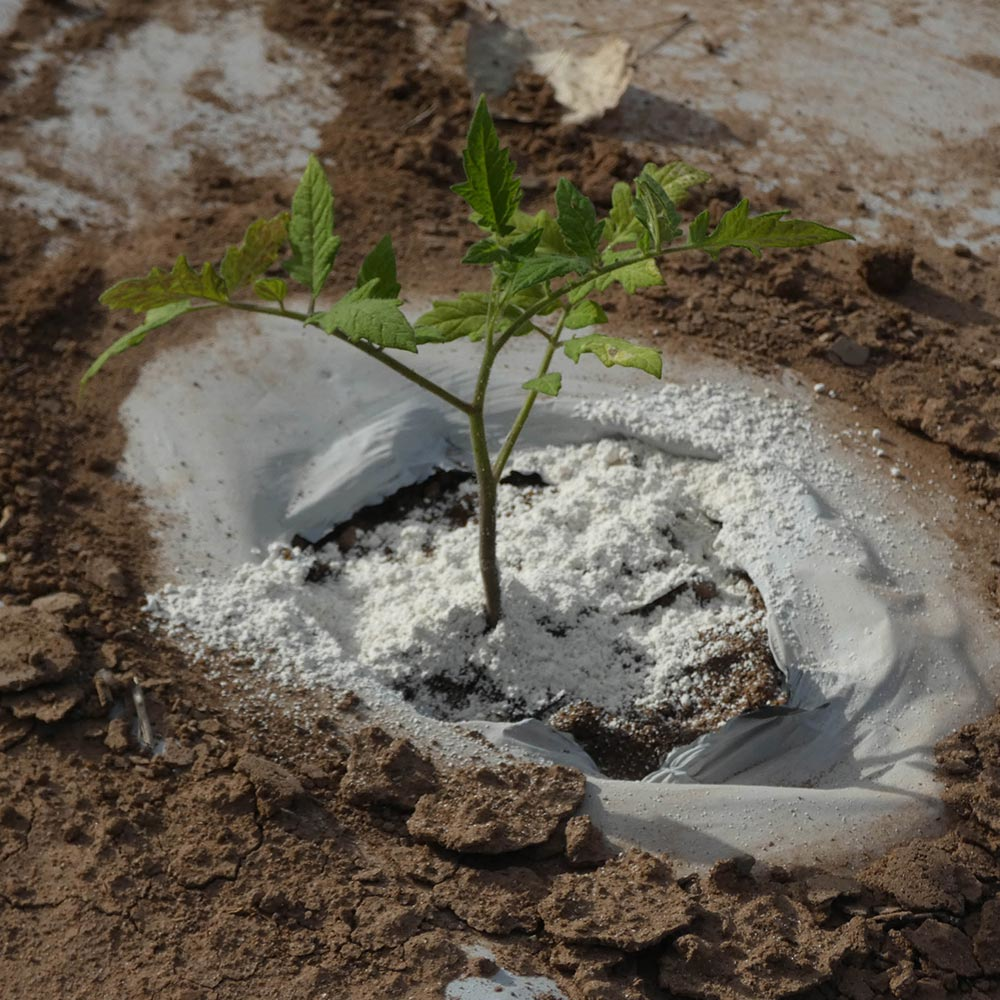
Tips: Avoid placing on flowers to protect pollinators.
Sulfur and Copper
- Active Ingredient: Elemental minerals
- Target Pests: Mites (sulfur), fungal pathogens (sulfur and copper), select insect pests.
Application: Dust (sulfur) or spray (copper) as directed; avoid overuse to prevent phytotoxicity.
Benefits: Reduced disease spread; effective for powdery mildew and bacterial spot. While sulfur and copper provide commercial-grade fungal control, many growers also find success with home remedies for tomato plant fungus, which can complement these mineral-based treatments for comprehensive disease management.
Essential Oils
Rose Essential Oil (EO)
- Active Compound: β-citronellol
- Target Pests: Leaf-eating caterpillars, spider mites, soft-bodied insects.
Benefits: Activates tomato plant defense mechanisms, can reduce damage by nearly 50% and attract predatory insects.
Application: Diluted soil drench or foliar spray, used preventatively or at early pest signs.
Insecticidal Soaps
- Active Ingredient: Potassium salts of fatty acids
- Target Pests: Aphids, whiteflies, mealybugs, spider mites, and soft-bodied insects.
Application: Spray directly onto pests for instant suffocation; repeat weekly or as needed.
Benefits: Very low toxicity; safe for vegetables when rinsed after application.
Tips: Cover both upper and lower leaf surfaces for maximum effectiveness.
Physical and Cultural Methods
- Sticky traps, row covers, and mesh barriers can intercept flying and crawling pests, while companion planting (e.g., marigolds) can deter nematodes and various insects.

Scientific Evidence: Do Organic Tomato Pesticides Work?
Multiple studies confirm the efficacy of organic pesticides in real-world tomato cultivation:
- Yield & Quality: Organic tomato operations often achieve pest control and yields comparable to or surpassing those of conventional farms, with added benefits in produce quality and ecosystem health.
- Pest Resistance Management: Avoiding synthetic chemicals slows the development of pest resistance, resulting in more durable pest suppression.
- Predator Support: Greenhouse studies show organic systems host up to 97% more beneficial insects, achieving significantly lower pest-to-predator ratios.
- Reduced Residues: Organically managed tomatoes contain far fewer pesticide residues, reducing public health risks.
Comparative Chart: Organic Pesticides for Tomato Crops
Below is a summarized comparative chart for quick reference on key organic pesticide options.
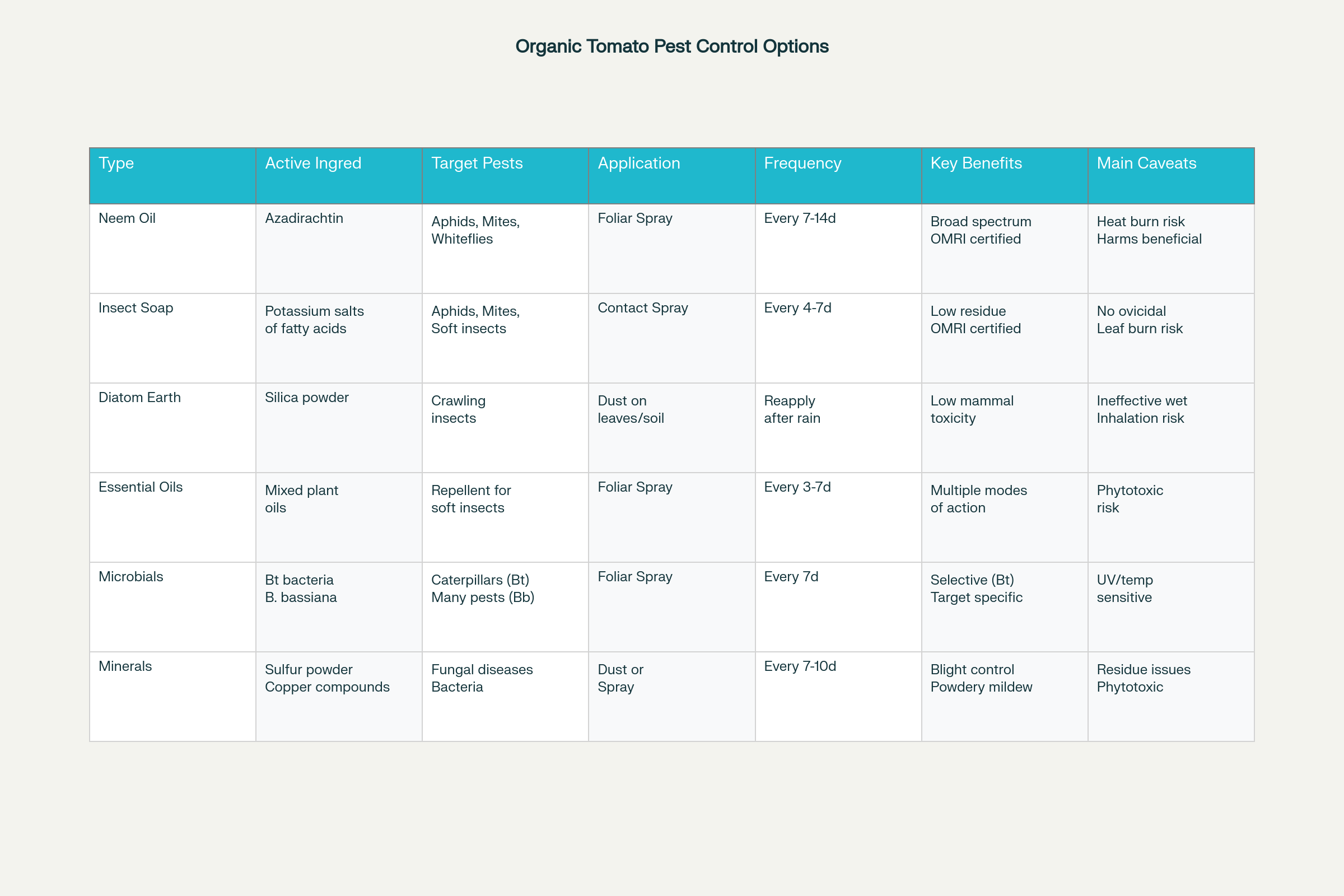
Visual Guide to Organic Tomato Pest Management
Below are carefully selected visuals to enhance information clarity and practical steps for readers.
Rows of tomato plants in a greenhouse, representing a healthy crop with rigorous pest management. 👇
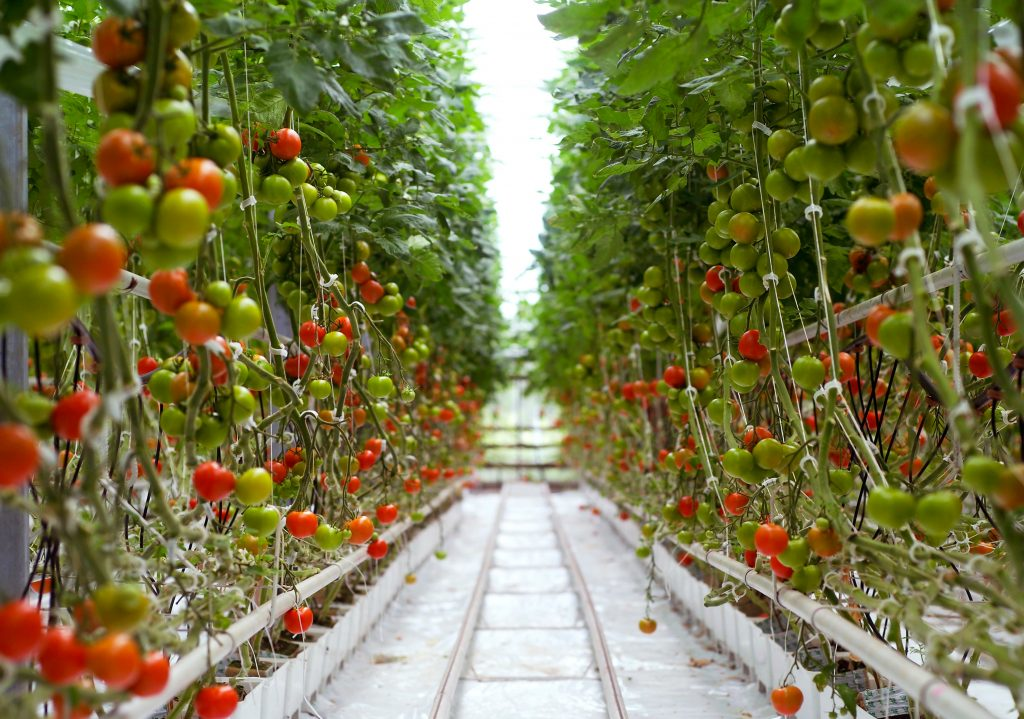
Infographic: Garden Safe organic pesticide product comparison for gardens. 👇
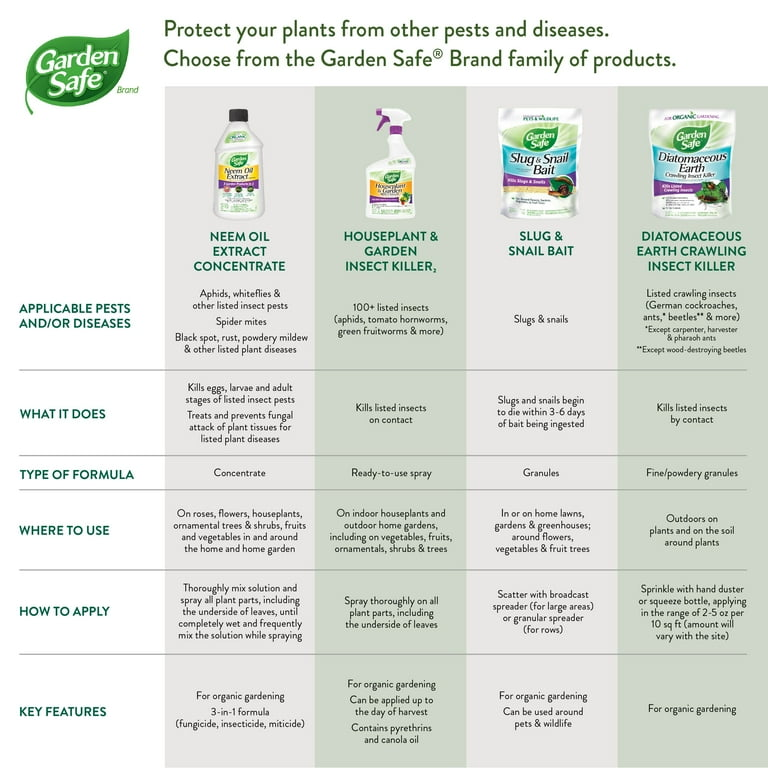
Close-up of aphids and whiteflies on tomato leaves—the primary targets for most organic pesticides. 👇
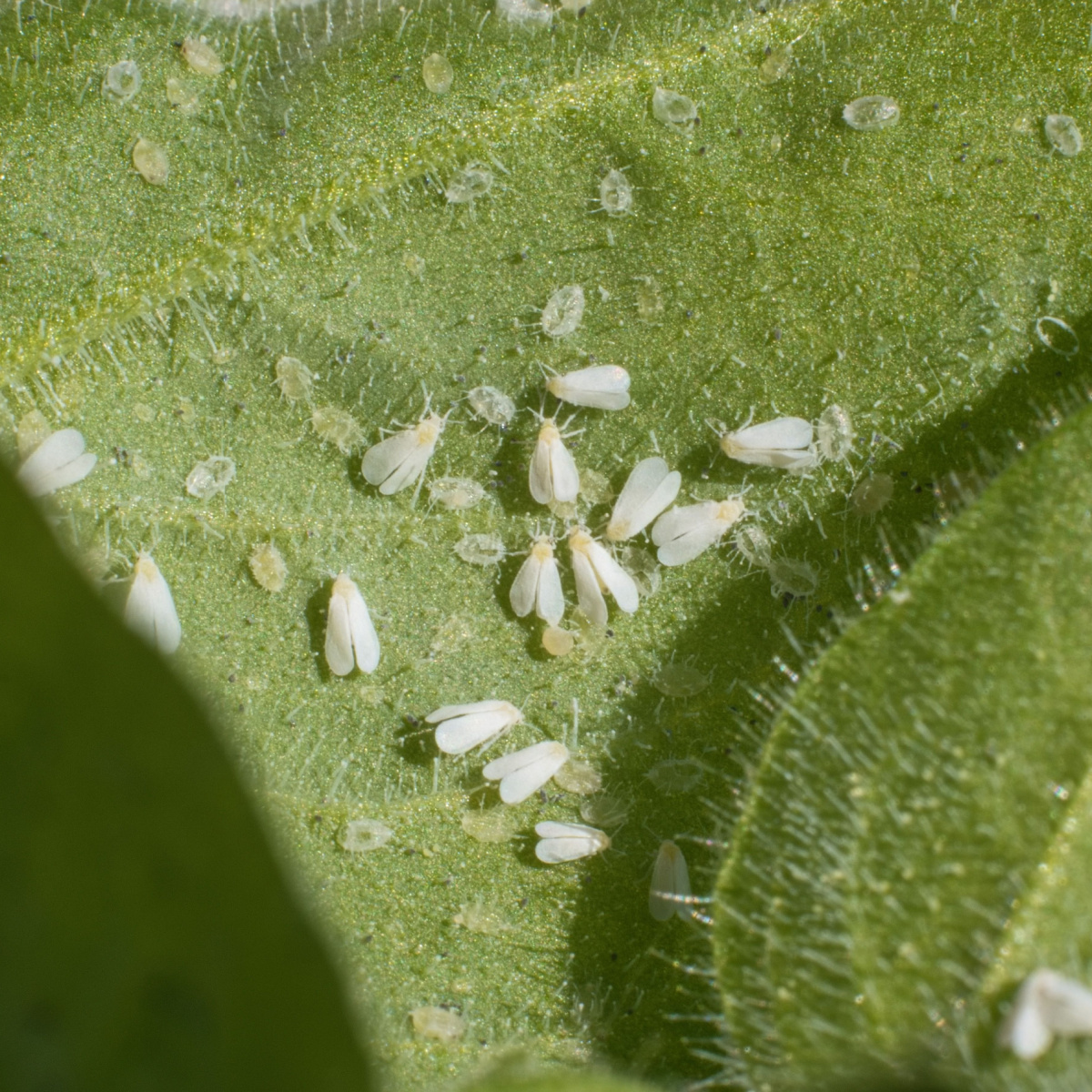
Before and after comparison of aphid infestation: how organic pesticide protects crops within a week. 👇
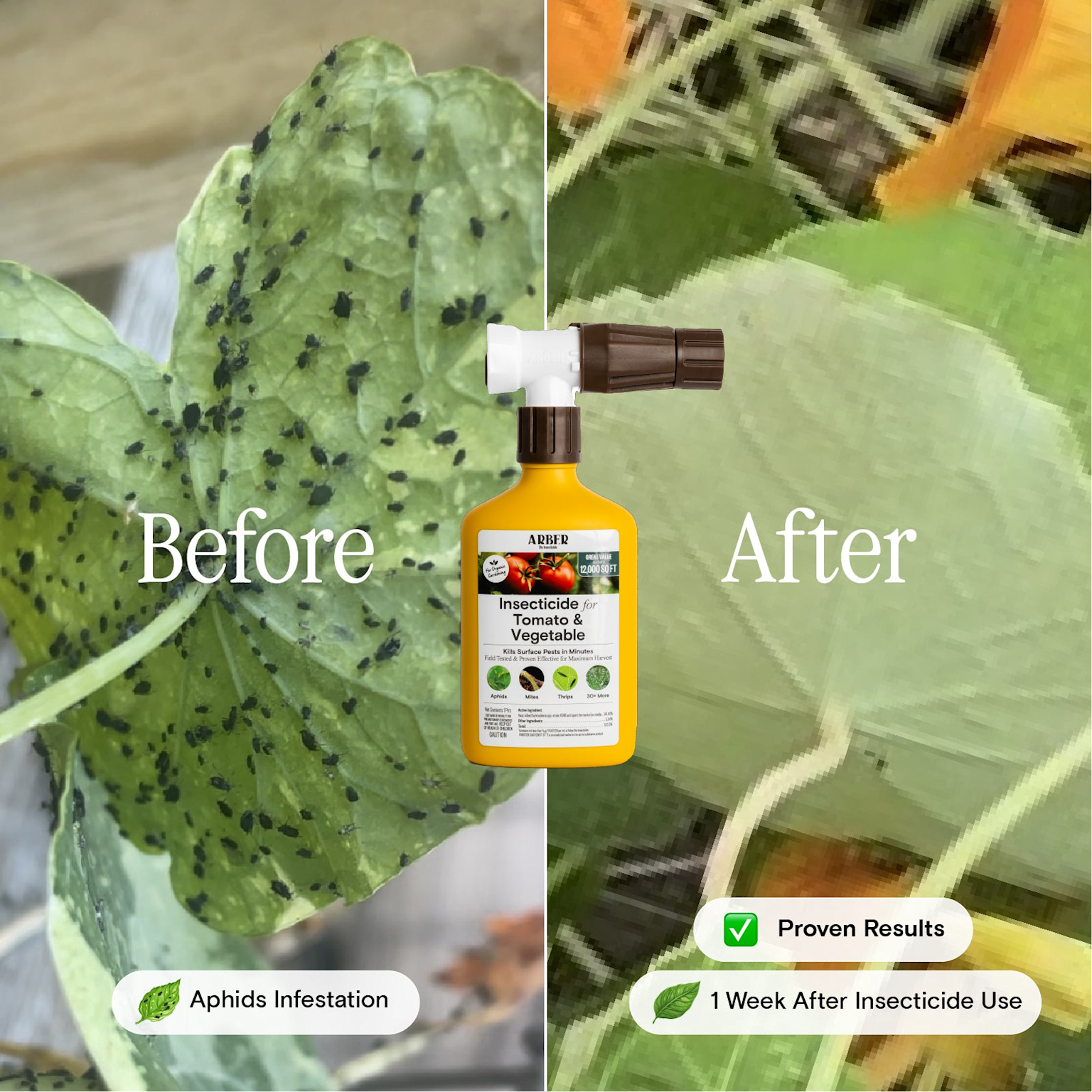
Practical demonstration of diatomaceous earth sprinkled at the base of a tomato seedling.
Ladybug larvae—an example of a beneficial predator naturally managing pest populations on tomatoes. 👇
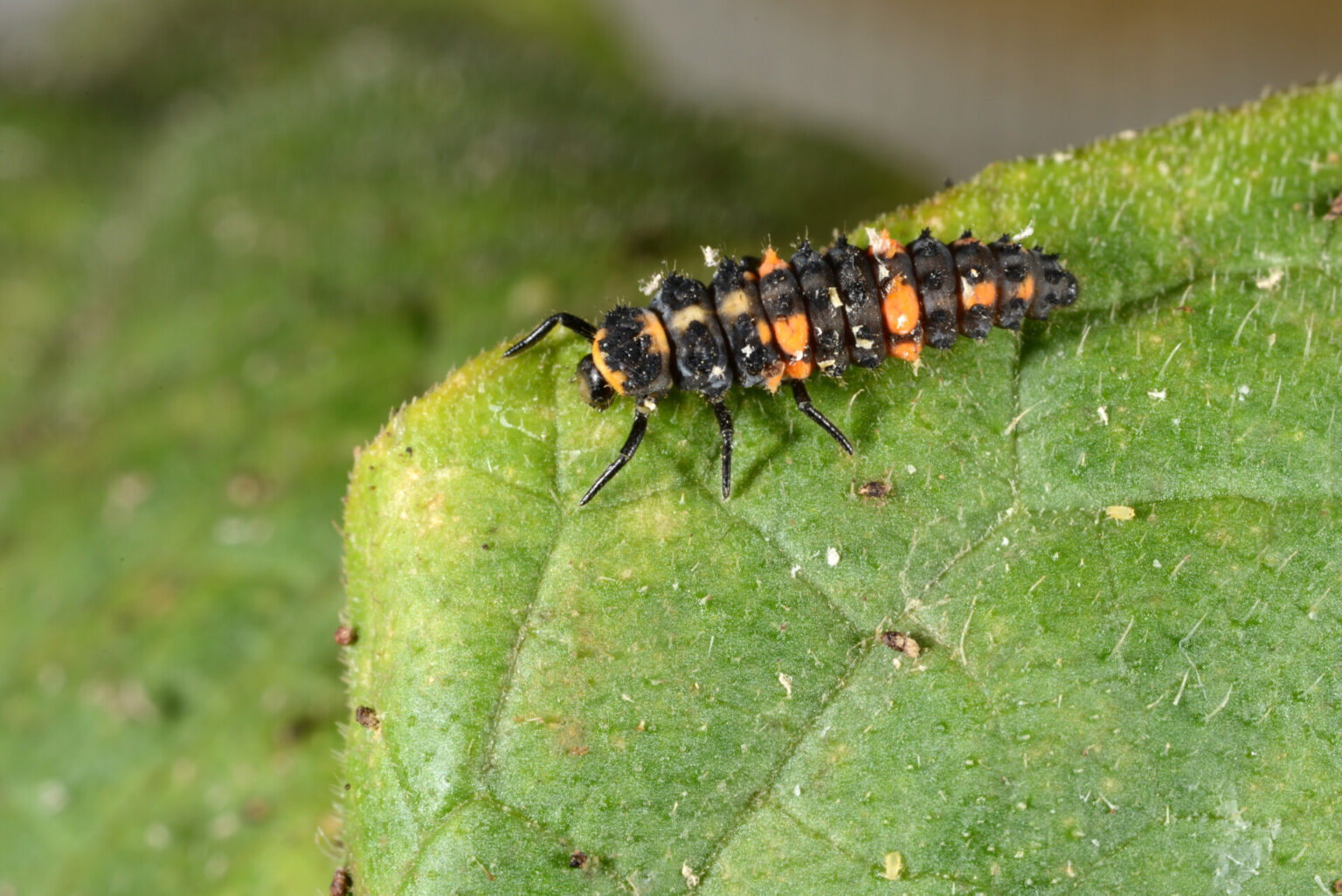
Practical Tips for Using Organic Tomato Pesticides
- Always Identify Your Pests First: Accurate identification ensures you select the best organic pesticide for the job.
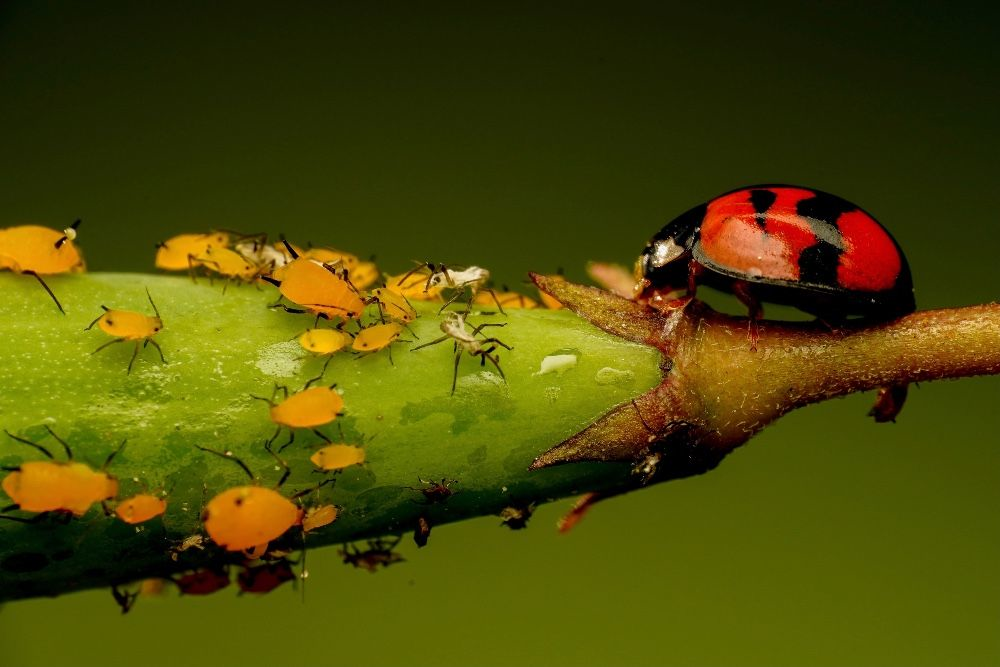
- Follow Label Instructions: Use recommended dosage and frequency for each product, and observe withholding periods before harvest.
Apply at the Right Time: Spray oils, soaps, or microbials in early morning or evening; avoid direct sun and rainy periods for optimal results.
Rotate Treatments: Alternate between botanical, microbial, and mineral options to prevent pest adaptation and maximize control.
Combine With Non-chemical Strategies: Use sticky traps, mesh barriers, or introduce beneficial predators to support your organic program.
Monitor Regularly: Inspect plants for early signs and act quickly to prevent spread.
Conclusion
Organic pesticides represent a cornerstone of safe, sustainable, and effective tomato pest management.
By combining naturally derived pesticides with smart cultural and physical strategies, farmers can rapidly and reliably protect their yields while safeguarding soil health, biodiversity, and consumer trust.
Select proven products like neem oil, Bt, insecticidal soaps, and diatomaceous earth for immediate action, and integrate them with preventive practices such as regular scouting, crop rotation, and beneficial insect support to build a resilient tomato cropping system.
With informed application and monitoring, your organic tomatoes can thrive—yielding flavorful, healthy fruit for your family and customers.
For detailed mixing, application, and local recommendations, consult your organic certification standards and extension service guidelines to ensure compliance and maximize results.

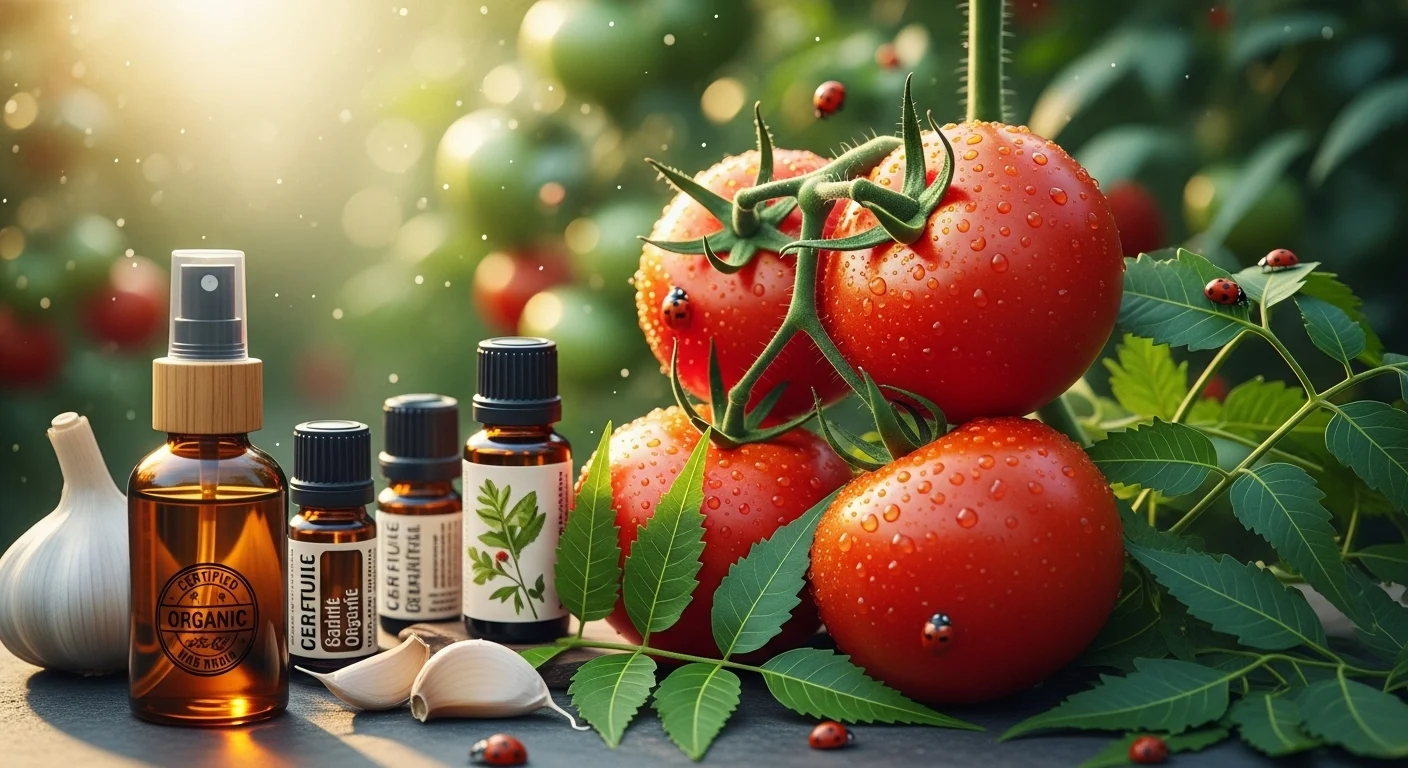
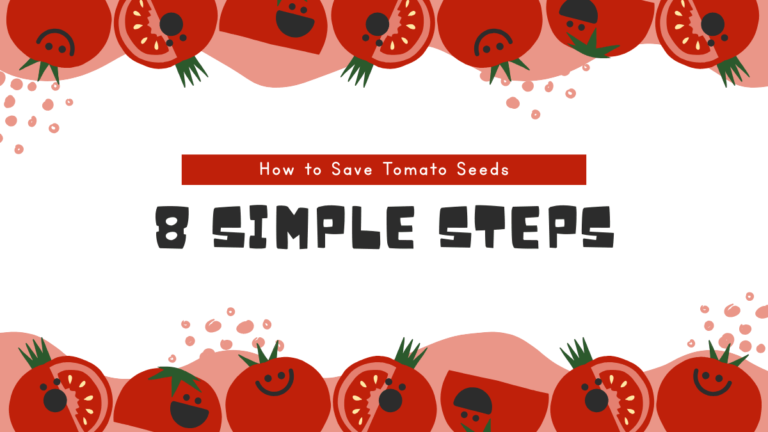

Leave a Comment